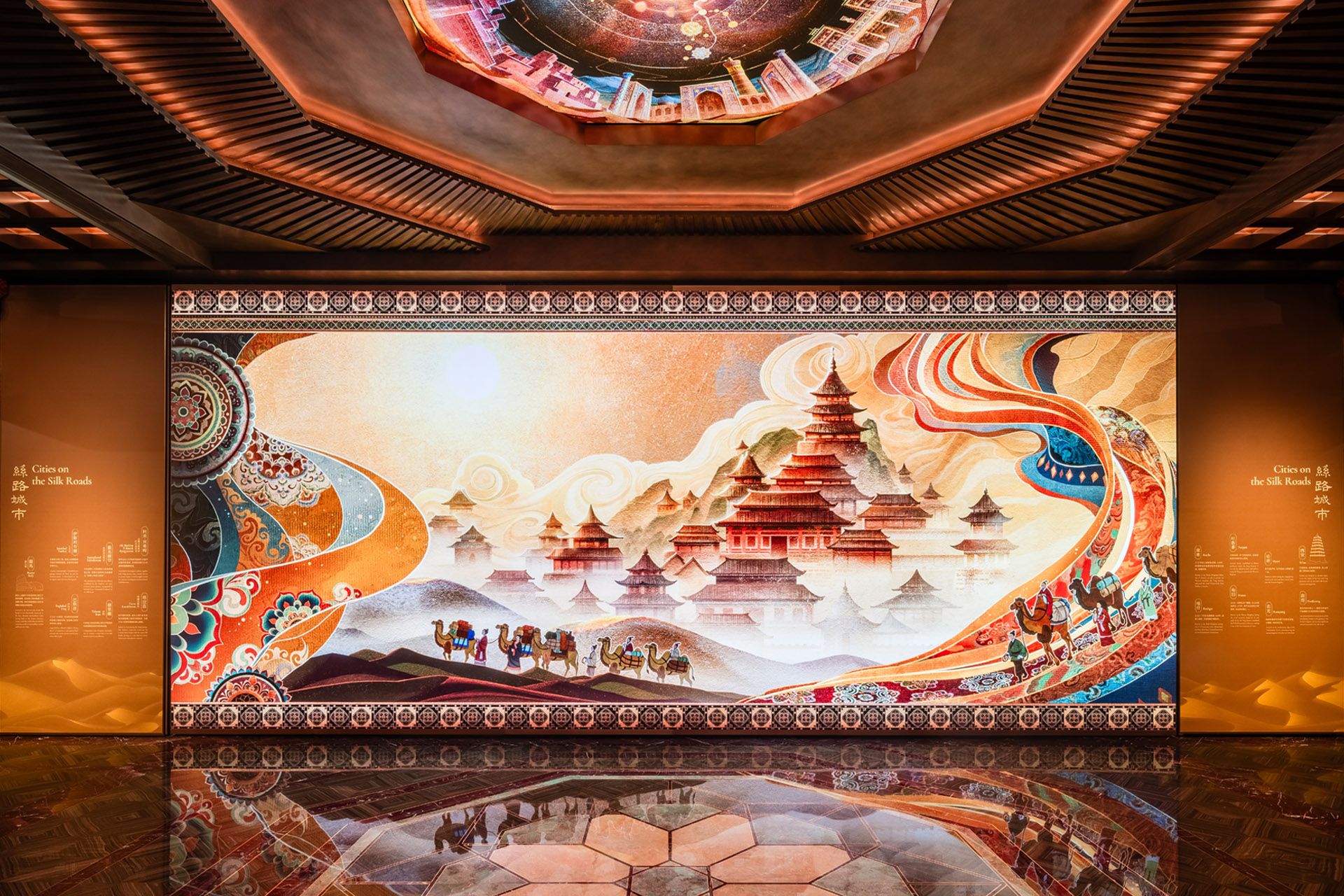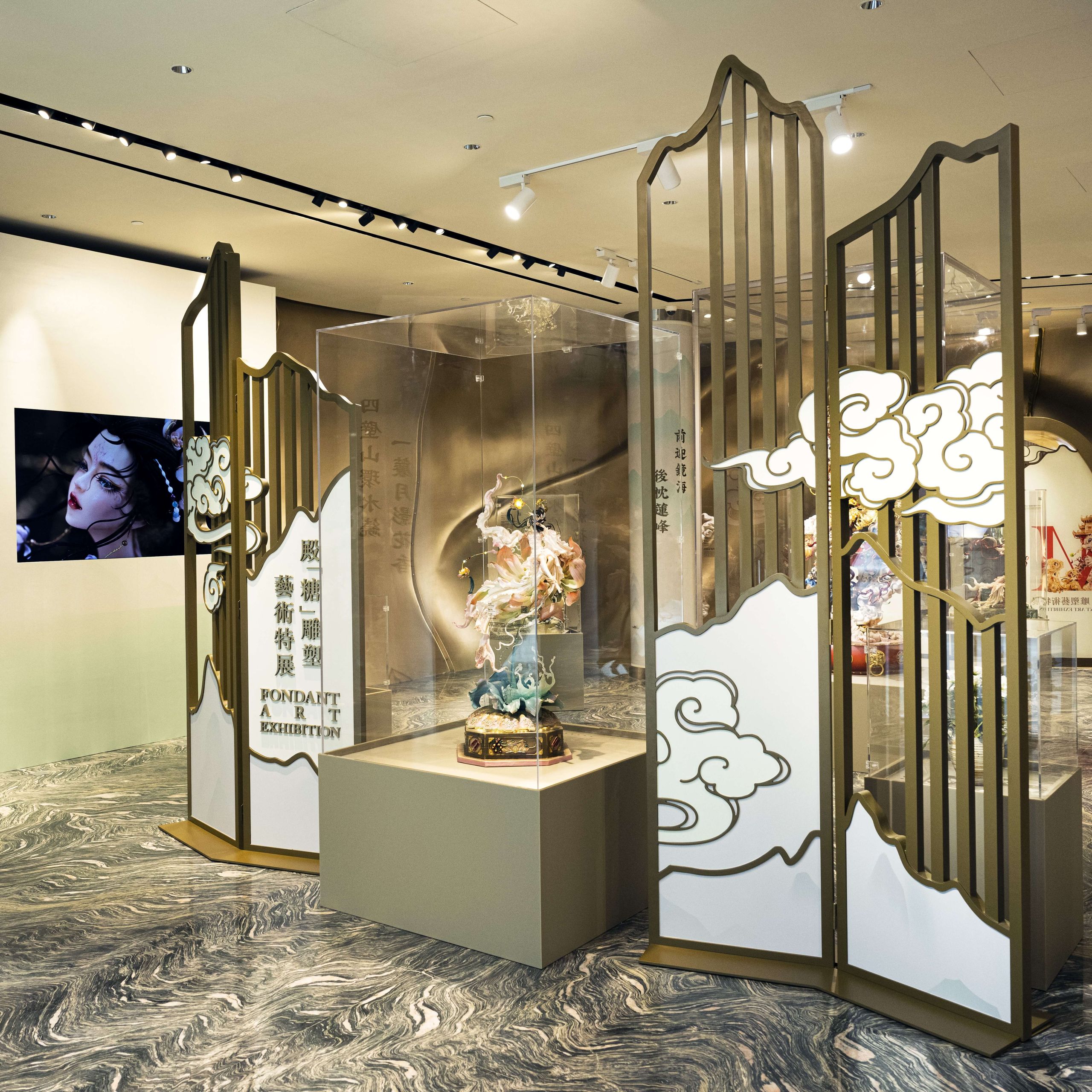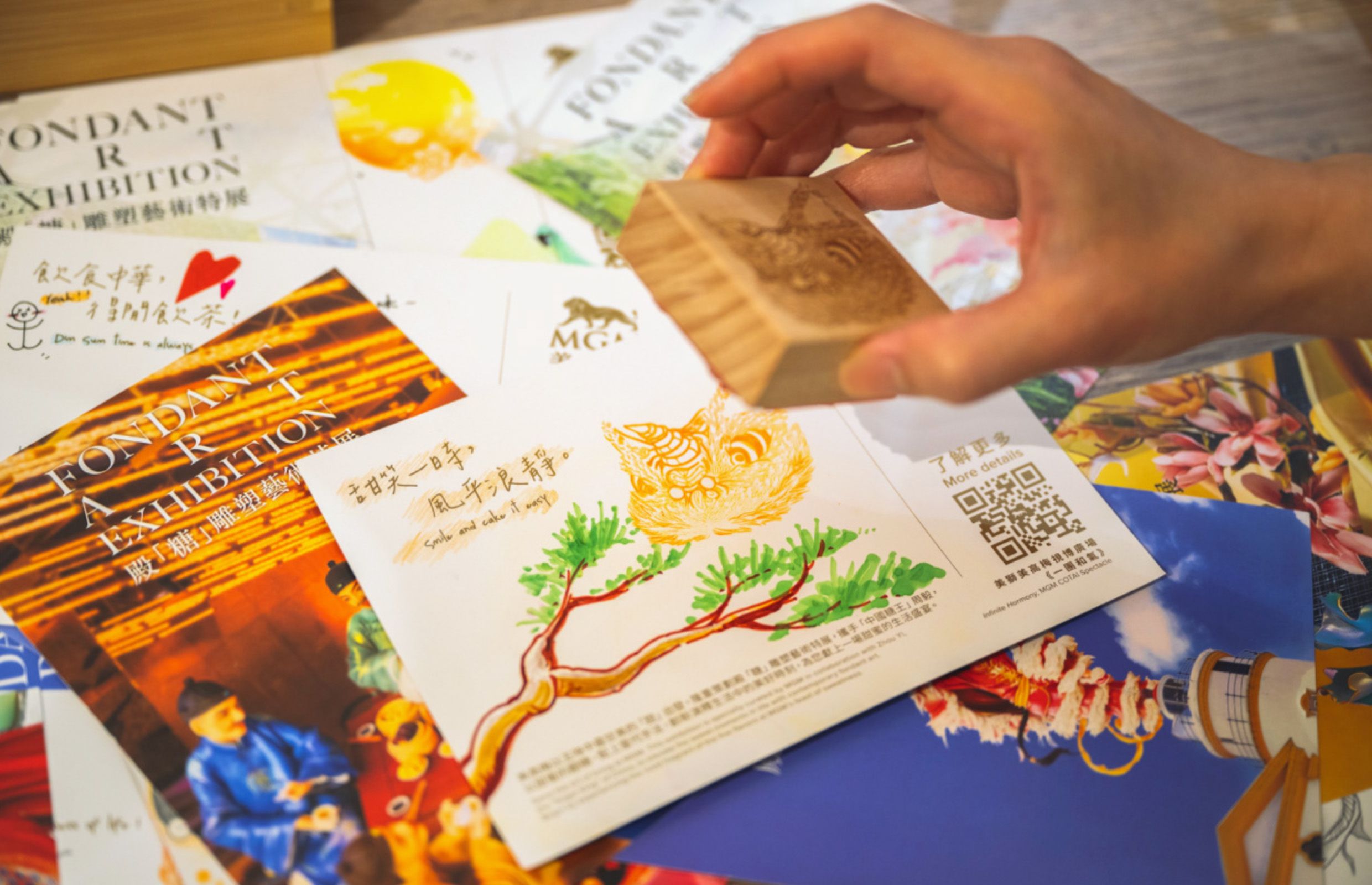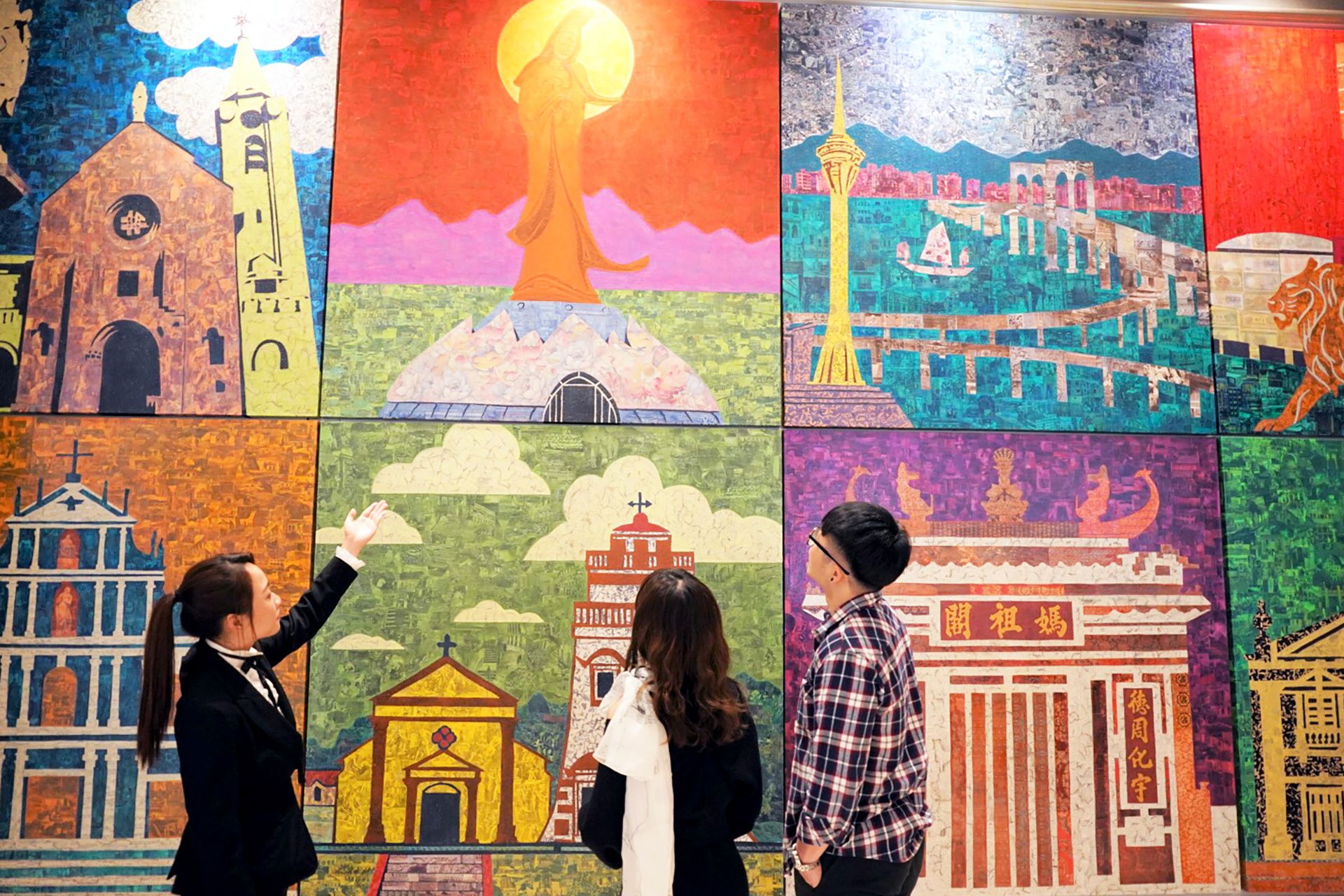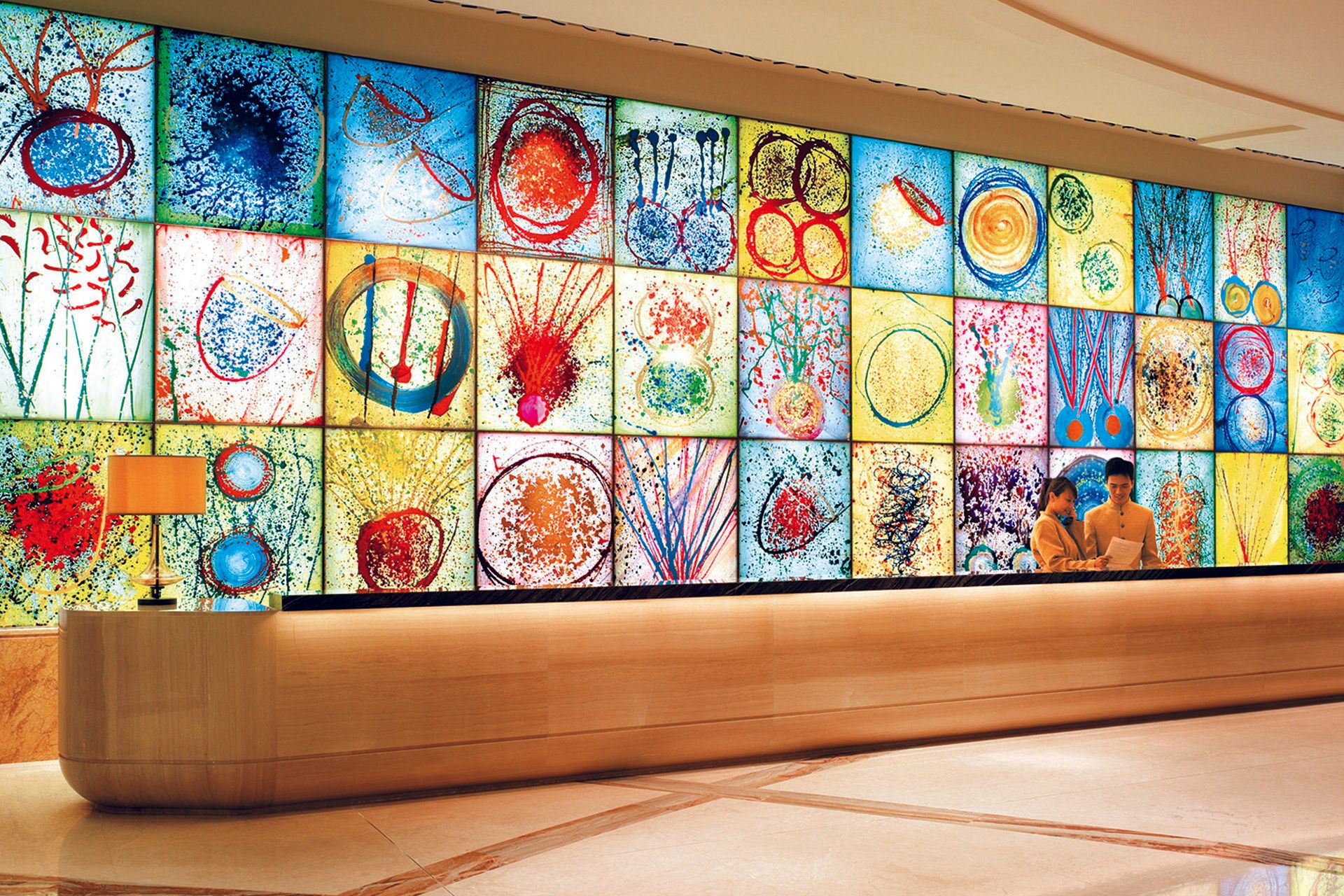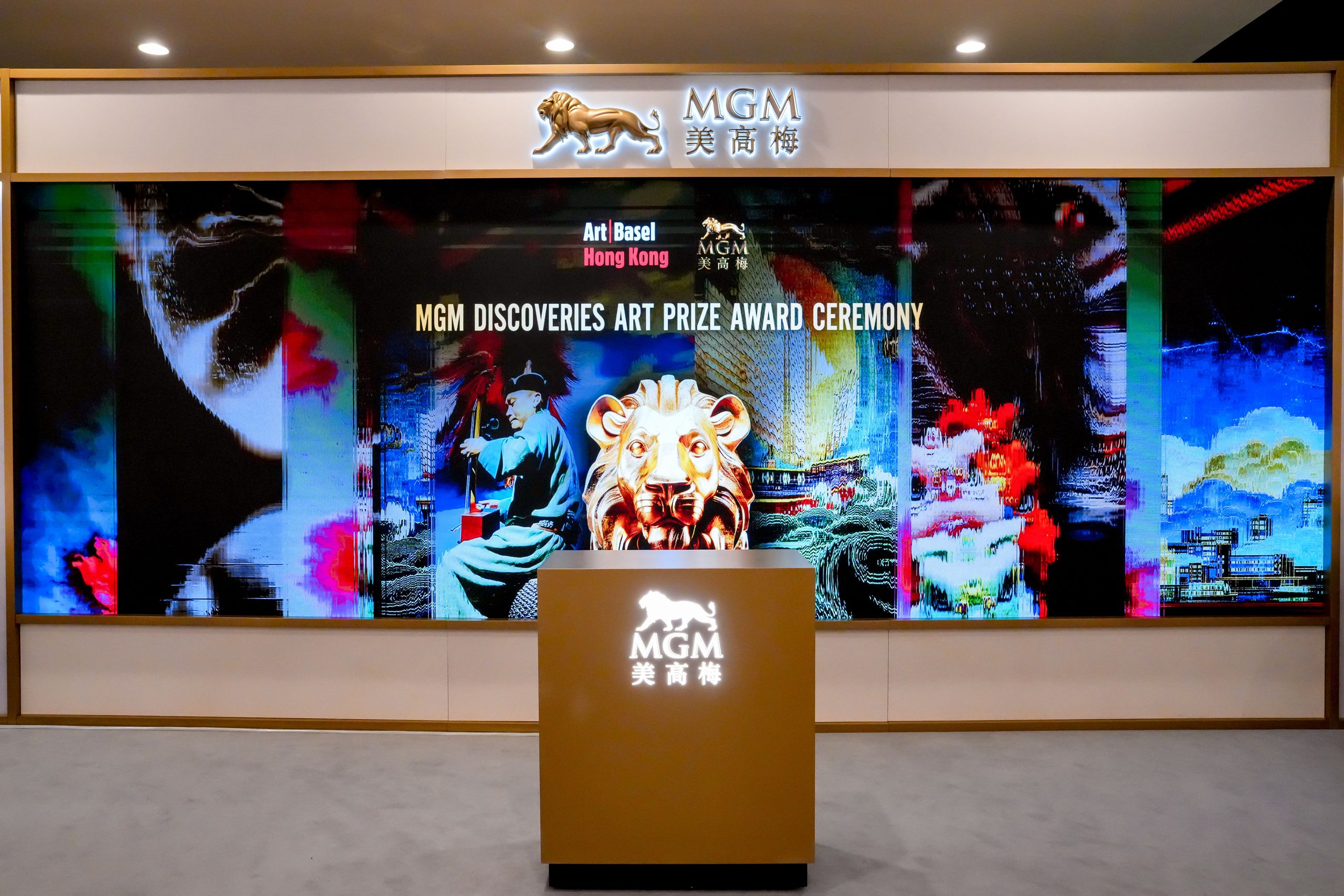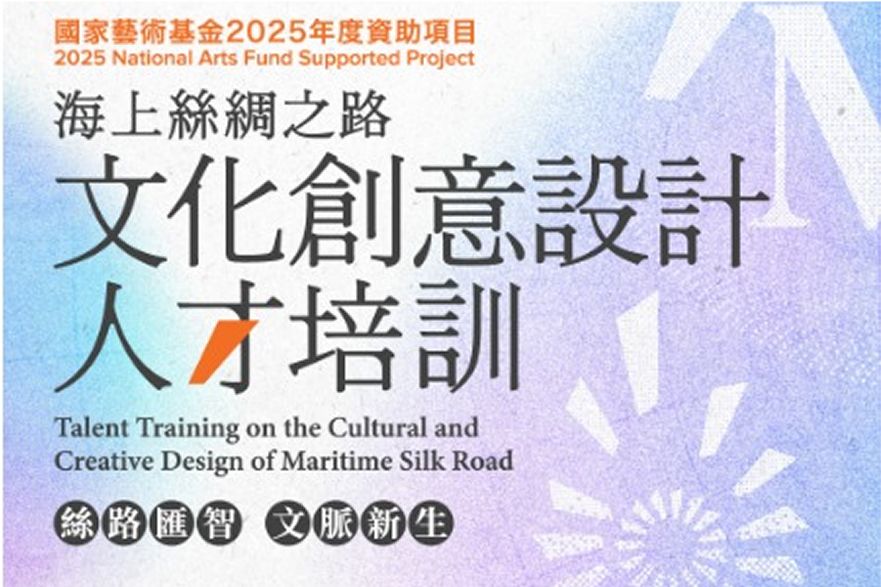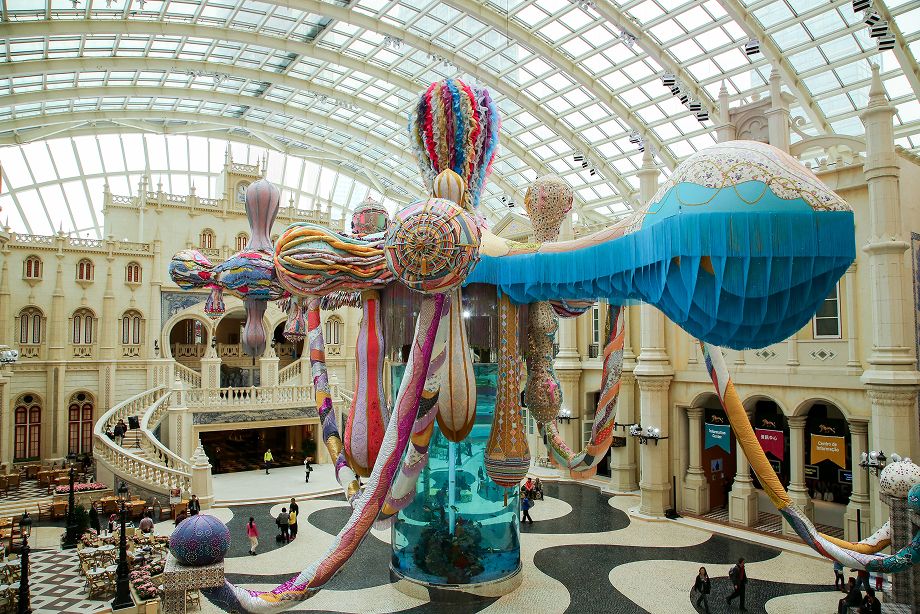MGM
芸術と文化
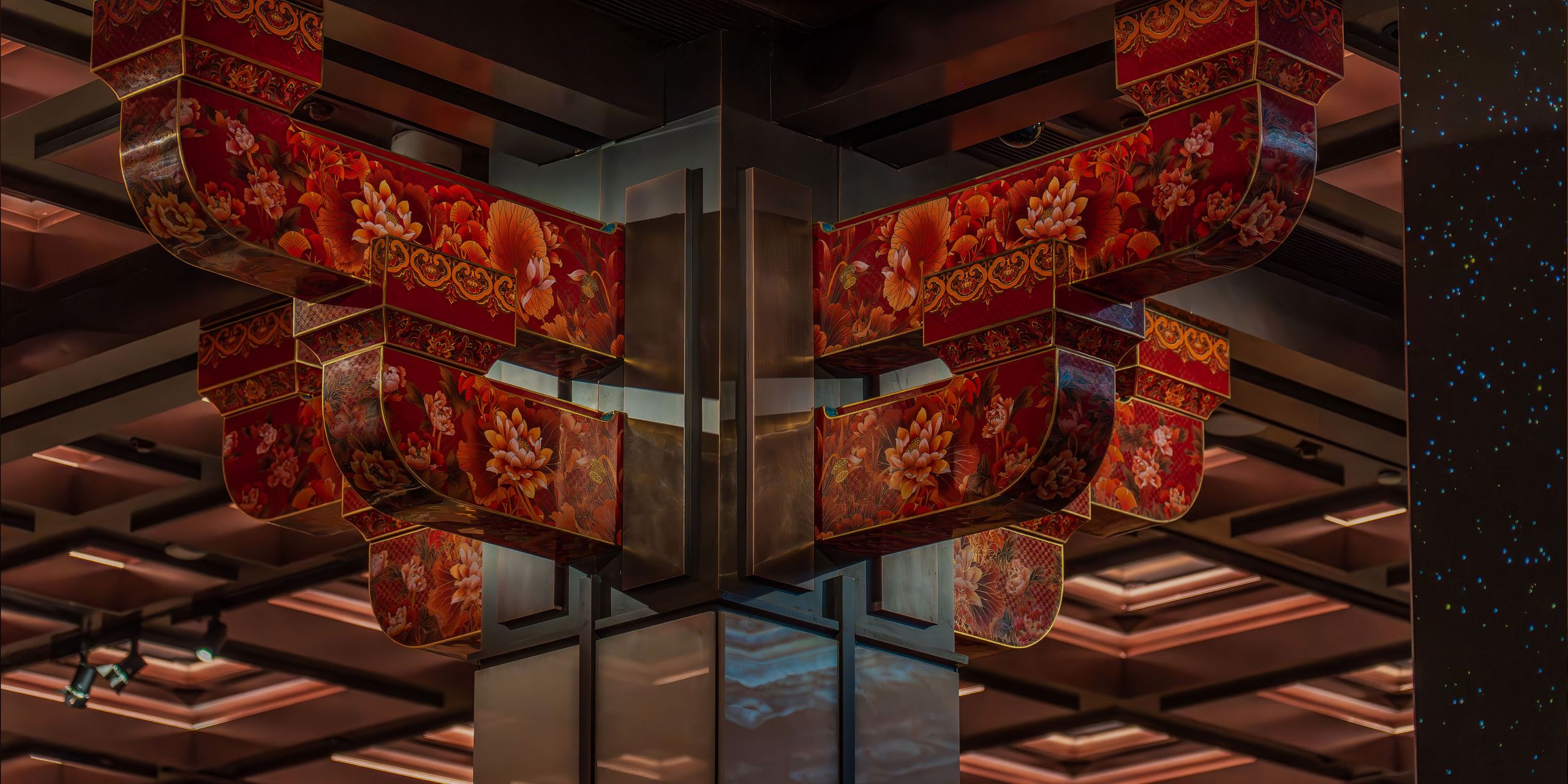
POLY MGM MUSEUM
POLY MGM MUSEUMへようこそ。 ここは、アジアを代表する世界最高峰のミュージアムであり、東西の文化が出会い、伝統とモダンが融合する新たな文化観光の拠点です。 中国の無形文化遺産の魅力に浸りながら、伝統・文化・先進性・最先端テクノロジーが調和する、五感で楽しむアートを体験してみましょう。
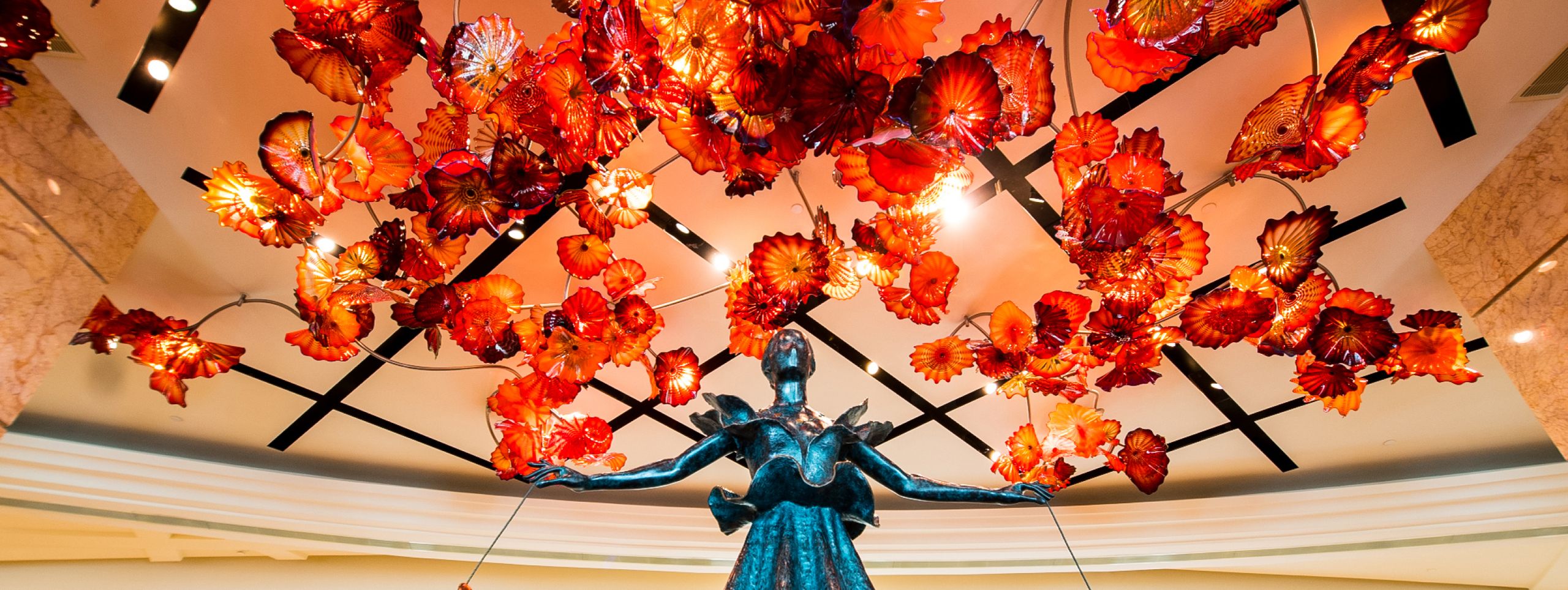
ミッションとビジョン
暮らしにアートを、アートに暮らしを
MGMは、誰もが気軽にアートに触れ、新しい文化に出会える場所をつくっています。優れた作品に触れ、想像力を刺激され、新しい視点を探求できる場――それが私たちの目指す姿です。「人生をアートとして捉える」という考え方のもと、多彩な文化とクリエイティブな体験を結びつけ、分野の垣根を越えた新しい交流が生まれています。そして“Beautiful Life • Wonderful Journey(「豊かな人生・すばらしい出会いの旅」)” を掲げながら、マカオをアート文化が集まる国際拠点として発展させ、新たな文化観光の未来を開いていきます。
アートプロジェクトと過去の展示
MGMで、もっとシンプルに楽しもう
 Macau international Airport
Macau international Airport Hong Kong-Zhuhai-Macao Bridge Border Gate Hengqin Port
Hong Kong-Zhuhai-Macao Bridge Border Gate Hengqin Port Macau Outer Harbour Ferry Terminal Taipa Ferry Terminal
Macau Outer Harbour Ferry Terminal Taipa Ferry Terminal
QRコードからMGMの公式WeChatアカウントをフォローして、最新のお得情報をチェック!
© 2026 MGM. All Rights Reserved.
